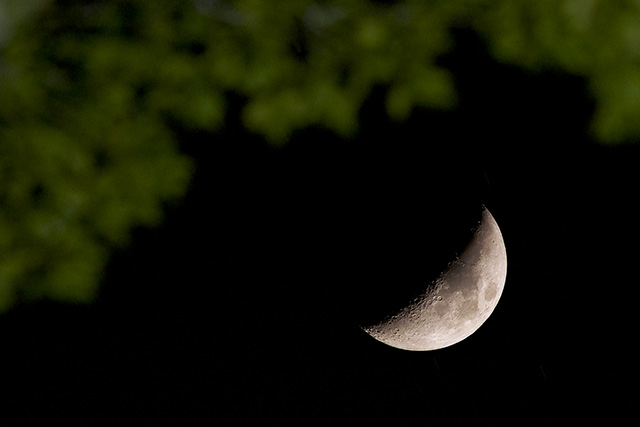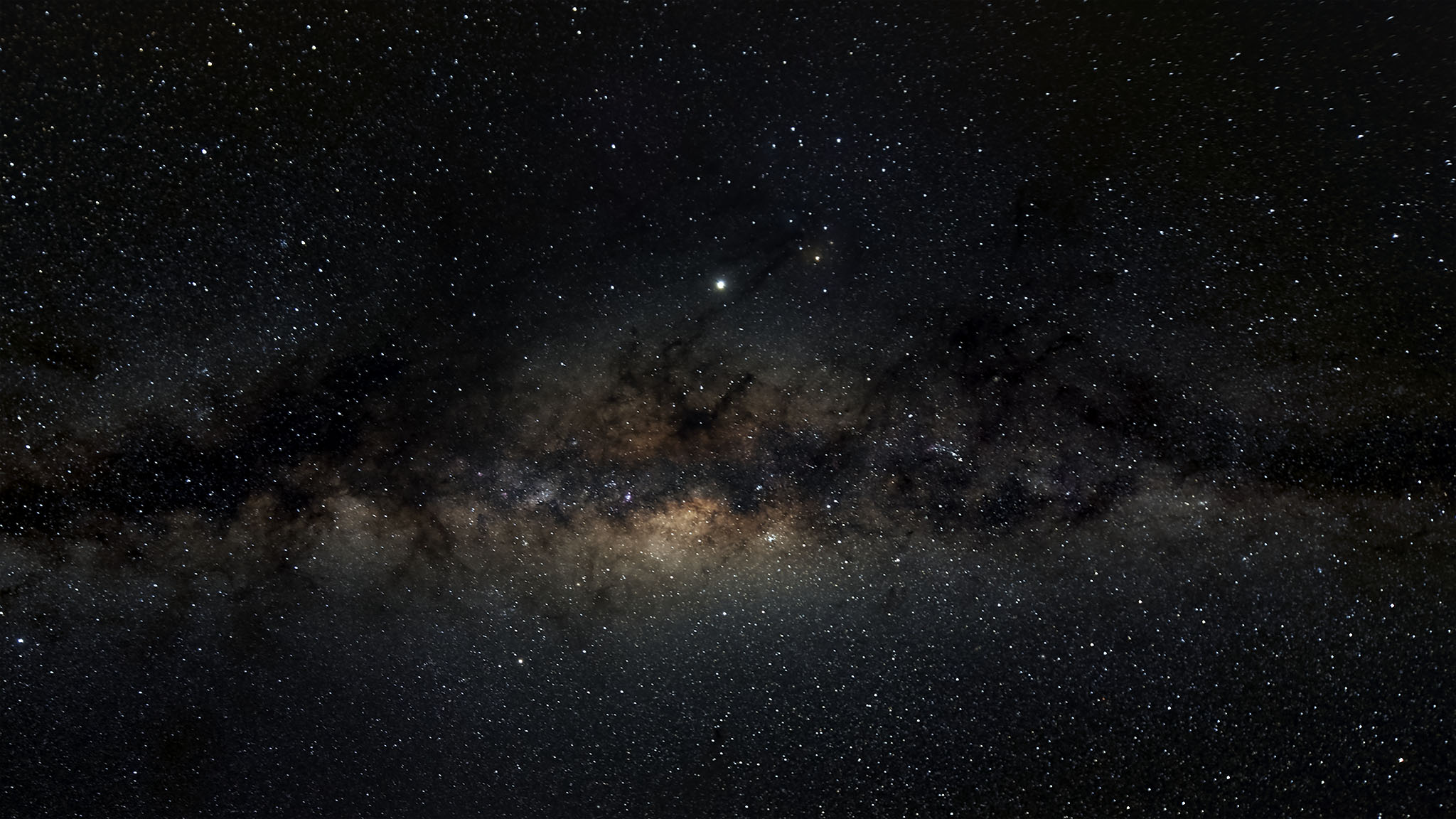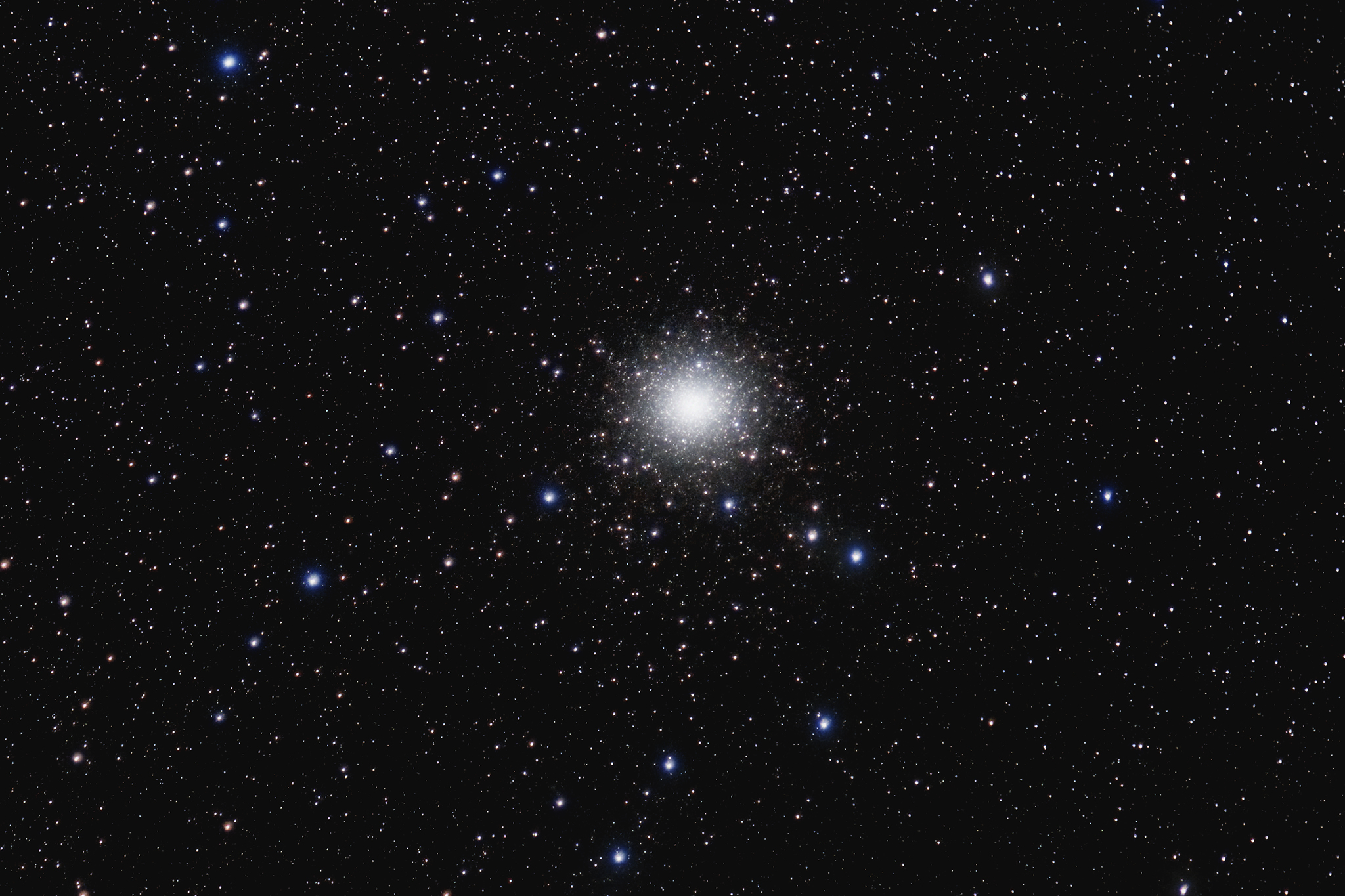- Images
- Blog
- Tools
- Questar
- The Questar telescope
- Questar resource links
- Search for Questar info
- 172mm Focal Reducer
- Afocal adapter for point and shoot camera
- Camera adapter lengths
- Camera adapter threading
- Camera connection
- Camera focusing
- Custom counterweight
- Drift Alignment Joy
- Finder Eyepiece Compatibility
- The Questar Moon 1981
- Questar Powerguide II Battery Life
- Questar Zone, How to Service Videos
- Red Dot finder mount for Questar
- Questar Viewing Table
- Wedge mounts
- White light solar filters comparison
- How to
- Get started in astronomy
- Astro RaspberryPi Camera and kin, the ASIAir and StellarMate
- Blind Smart-phone Equatorial Wedge or GEM Polar Alignment
- Camera phone adapter
- Celestron FirstScope with equatorial tripod mount
- Coat Pocket Astrophotography
- Day-lapse Images of Earthshine on the Crescent Moon
- Dobsonian Carrying Case
- DSO Astrophotography without a Telescope
- DSO imaging without a star tracker
- Estimating image resolution
- Lunar Eclipse Photography
- Moon photography - a dozen ways to shoot the Moon
- Meteor shower photography & planning
- Matching image sensor size to telescope resolution
- Narrow band imaging with color cameras
- Planetary Image Workflow
- Print and Display Astrophotography
- Observing
- Events
- More
- About
- Contact
Shoot the Milky Way
A stunning shot of the Milky Way is a great way to start learning astrophotography. If you have a camera with manual exposure controls, you have the essentials. LonelySpec has a good five minute video, How to Photograph the Milky Way in Under 5 Minutes. Watching it is a great start. Find more detail below that you can print and use as a checklist.
Equipment needed
- A camera - almost any interchangeable lens camera (ILC) like a DSLR or mirrorless will have the essential manual exposure features. Even a high end point and shoot with manual exposure settings may do the job.
- A sturdy tripod. How sturdy? Mount your camera on the tripod and focus on a distant object. Zoom all the way in or use the magnified finder screen view to get a detailed view on the screen. Give a light but firm tap to the end of your lens barrel. If the magnified image stops bouncing within a second or two, your tripod will do the job.
- If you don't have a tripod, a sandbag or bean bag on the ground can do the job. This works best with cameras that have a screen that swivels around to face the front.
Camera features and settings
Before making your Milky Way image you need to make two kinds of changes to your camera's settings for nightscape photography. These settings will minimize vibrations that may blur the image and turn off automatic features that don't work well in low light. If your camera allows you to save special sets of settings for fast recall later, you may want to use this to be able to switch easily between astrophotography and normal daylight scenes.
- Select manual exposure mode, M on the mode dial.
- Select manual focusing. Auto focus will be very slow or not work at all in low light.
- Turn off any image stabilization in your lens or camera body. IS requires good light and short exposures to work. It may even add blur when used with a camera on a tripod.
- Pressing the shutter will cause the camera to move, so either use a remote shutter release or your cameras 2 second delayed shutter shooting mode.
- Selecting electronic first curtain shutter will eliminate camera vibration from a mechanical shutter opening. If you use a DSLR, shooting with mirror lockup will help as well. These sources of mechanical vibration cause blurred images with longer focal length lenses and less sturdy tripods.
- Make sure that your camera is set for RAW output format shooting. This can give you another 4 or 5 stops of low light exposure with post processing.
- Select your lens. The best Milky Way shots are with a very wide lens, 20mm of focal length or less. A fast (low minimum f stop) If you have a crop sensor camera, remember that you have to multiply the lens focal length by the camera crop factor (1.0 for full frame, 1.5 for APS, 2.0 for micro 4/3). If you have a zoom lens, zoom out as far as possible.
Exposure settings
With manual exposure controls selected, you can set the f stop, shutter speed, and sensor gain (ISO film speed) that will capture the most low light detail of the Milky Way.
- Set your aperture to its widest (lowest f-stop). If your lens is very fast (less than f/2.8), you may improve your image quality by setting it to one stop slower.
- Set your shutter speed to ( 500 / (focal_length * crop_factor) ). This "Rule of 500" estimates the longest exposure time before star streaking because of the earth turning becomes visible in your shot. A typical shutter speed for the Milky way will be around 20 seconds with a 20mm lens.
- Set your camera sensor "film" speed (ISO, gain) for the maximum low light
dynamic range. If you don't know, try ISO 1600 or 3200.
You can find the best value your camera in reviews at places like DPReview, DXOMark, and ClarkVision. Figure it out your self by shooting a series of low light images with all settings the same except for ISO. Equalize the exposure of the underexposed, lower ISO, images so that all images are equally bright. Choose the ISO with the least noise in the image. - Set your white balance to daylight.
Aiming and focusing
You may not be able to see the Milky Way in your camera view finder. If so pay attention to the bright stars near the part of the Milky Way that you want to photograph. If so look for those stars in your viewfinder.
- Go somewhere where you can see the Milky Way by eye. Make sure the moon will be below the horizon.
- Frame your shot to tell a story. Including landscape features adds interest. The Milky Way appears brighter away from the horizon.
- It may be very difficult to see the Milky Way or focus in your view finder. The infinity focus setting on most lenses is not accurate and will give you fuzzy stars. You can focus on a bright star or distant light. If your camera has a magnified focus mode or focus highlighting, use those. Otherwise you may need to shoot some test shots to make sure you have focus nailed.
Taking your shot
- Point your camera and take your shots. Try getting the horizon in the image and also try some shots where the Milky Way is brightest higher overhead.
- Use your remote shutter release, intervalometer, or 2 second shutter delay so that your camera doesn't shake.
- If you have an intervalometer, frame your shot with the horizon along one edge and the Milky Way at the left side of your image. Use the intervalometer to shoot shots every couple of minutes for a couple of hours and you can create a beautiful time lapse showing the Milky Way moving along the horizon as the earth turns.
Processing your image
Your image will appear very dark. You will need to process it to bring out the details in the low light. Image processing is important to successful astrophotography. Astophotographers use many different tools from Lightroom and Photoshop to specialized programs specifically for astrophotographs. You may be able to use a program that you are familiar with. If your app cannot edit your RAW format images, convert them to a standard lossless format like TIFF. A 16bit per channel TIFF will capture all of the low light detail in a RAW image. Your camera maker probably has a free program that will do this conversion.
Processing the images to reveal the low light detail in the Milky Way also requires a program that can use at least 16 bits per color channel precision. Without that your final image will lack detail in the Milky Way. You can output your finished as an 8 bit per color channel JPEG or PNG after low light detail has been brightened.
When you process your images, don’t just crank up the overall exposure to brighten your image. Increasing total exposure will blowing out brighter stars colors and make them all look white. Use exposure curve stretching to bring out low light detail and keep the colors of bright areas. Your app will have several ways to do this including levels, histogram, and shadows tools.
Many consumer image editing/processing apps use 8 bit processing, so you may need to find one suitable for astrophotography. The latest version of the GIMP app, similar in capabilities to Photoshop, will do the job on almost any computer for free.
Beyond your Milky Way image

Other types of astrophotography images that you can take with just a camera and a tripod include star trail images, nightscapes, and the moon. The moon is bright enough that with a telephoto lens you can get detailed close up images. See a dozen ways to shoot the Moon to learn how.
With a star tracking mount between your camera and tripod, you can also do DSO Astrophotography without a Telescope.
Content created: 2020-02-18
Comments
![]() Submit comments or questions about this page.
Submit comments or questions about this page.
By submitting a comment, you agree that: it may be included here in whole or part, attributed to you, and its content is subject to the site wide Creative Commons licensing.

How to
Starter telescopes for beginners
Getting started in astrophotography?
Choose & setup a camera for astrophotography
Astro RaspberryPi Camera and kin, the ASIAir and StellarMate
Blind Smart-phone Equatorial Wedge or GEM Polar Alignment
Celestron FirstScope with equatorial tripod mount
Day-lapse Images of Earthshine on the Crescent Moon
DSO Astrophotography without a Telescope
DSO imaging without a star tracker
Overview & equipment for lunar eclipse photography
Framing and tracking a lunar eclipse
Moon photography - a dozen ways to shoot the Moon
Meteor shower photography & planning
Matching image sensor size to telescope resolution
Narrow band imaging with color cameras
Print and Display Astrophotography




 Lunar Eclipse Photography
Lunar Eclipse Photography